Cardioid microphone: features and best models

A variety of techniques are used in many areas of life. Music is currently very popular - live concerts, video recordings of performances, sound recording of songs by new performers. They all need such a miracle of technology as a microphone. We'll talk about their cardioid variety.
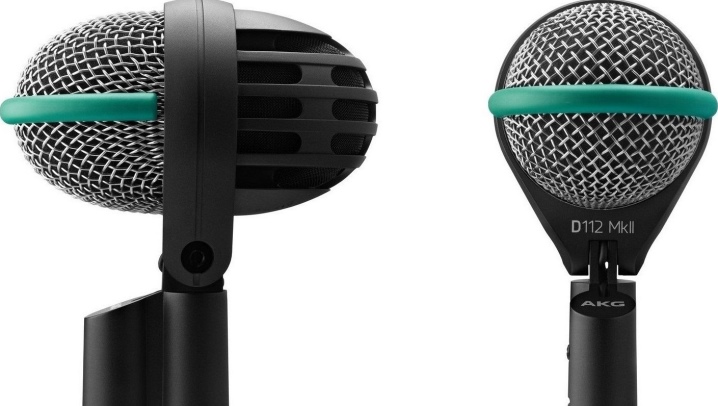
What does it mean?
A microphone, as you know, is a device for outputting sound information at longer distances. Depending on the technical characteristics, there are pop, reporter, studio and instrumental copies. According to the principle of operation - capacitor and dynamic. But in this article we will consider the separation of devices according to the spatial characteristics of the directivity. Modern microphones are divided into cardioid and hypercardiac microphones.
The most popular is the cardioid. This is one of the devices used in the music world with a certain directional characteristic. This means capturing sound from one side or the other. This microphone provides a unique opportunity for recording in studios, performances on stages, dubbing musical instruments.
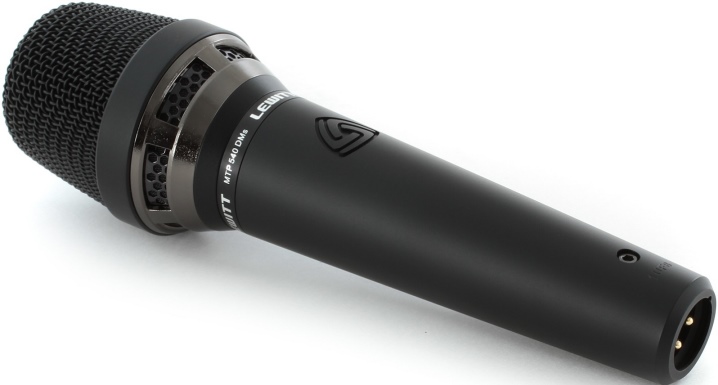
It is a unidirectional device, which means it only accepts sounds from one source, external factors at the back do not affect the sound performance in any way. Its head is shaped like a heart, which allows it to reproduce and capture sound quality. The microphone attachment works only on the principle of directing sound to the center of the head or to the side. It is advisable to concentrate on the point of picking up the sound. Sometimes, singers deviate from the center point during performances, and then the microphone picks up the sound not as clearly as we would like.
A supercardioid microphone has a narrower pickup area than a cardioid microphone. Otherwise, they are very similar.
However, the noise reduction of the supercardioid is much worse, it picks up external sounds coming from behind.

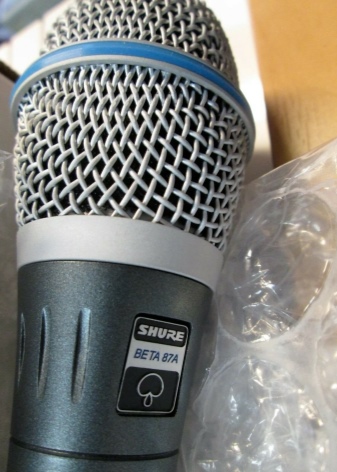
Advantages and disadvantages
Advantages:
- does not pick up sound sources behind the device - this allows you to make the sound cleaner, which is very important for recording music;
- has excellent sound insulation;
- increased sensitivity to center sound.
Disadvantages:
- can capture high-quality sound only in the center;
- complex design.
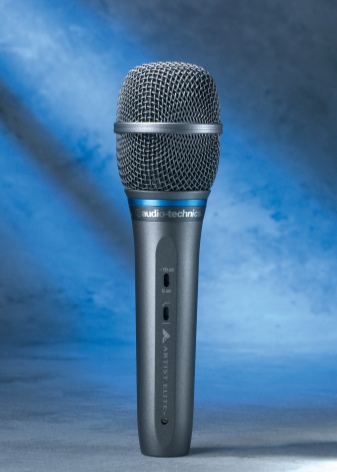

Review of the best models
Hypercardioid Superlux D103 / 02P
This model is very popular with novice video operators. They use it for filming. Unlike the supercardioid one, it has a narrower zone of sensitivity in the front, and wider in the back. Also picks up noise coming from behind more clearly. Used in studios for sounding acoustic instruments.
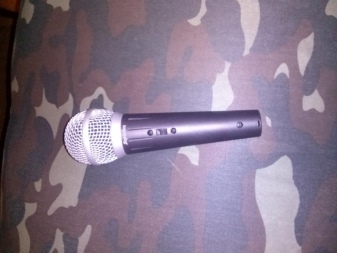

Audix d4
The vocal microphone is used for more live performances. It is intended only for the voice of the singer himself and is not used for sounding acoustic instruments. It should also be noted that and the microphone for vocals has directivity characteristics... It can be sensitive to high or low tones. Also, the variety of such microphones may differ from individual purpose - it can be used for solo performances or for choral performances.
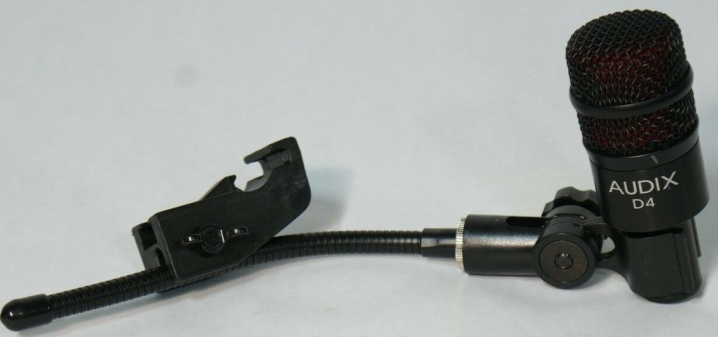
Shure
Lapel microphone. There are wired and wireless. Most often, this model is used in interviews, TV shows, TV shows, in filming videos on YouTube. Wireless lapels allow the actor not to be tied to the camera, safety from wire damage, the distance of the distance from the camera can allow you to be free to operate. One of the great things about this mic is that it can be used anywhere, by attaching it to or under clothing.
Such a device belongs to capacitor ones, it has the best sensitivity to the captured sounds. But there is also a downside - you need a constant power source. A condenser microphone always has a special box that supplies power. Connects to both a phone and a computer or camera. It should be noted that the quality and volume of the sound depends on the placement of the microphone.
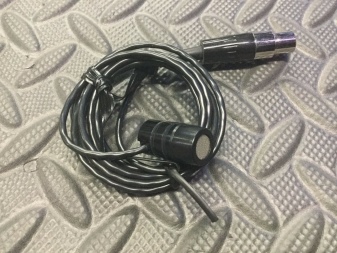
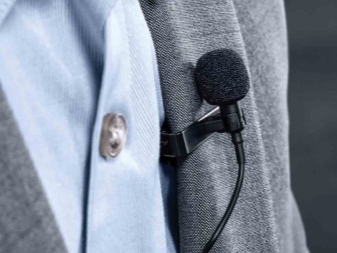
Of course, there is always a question: "Which one to choose?" You can answer it only if you know the characteristics of microphones, models and methods of use in various fields.
It is necessary to decide in which direction this or that device will be used.
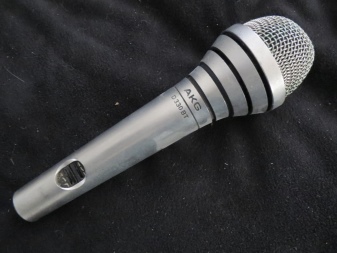
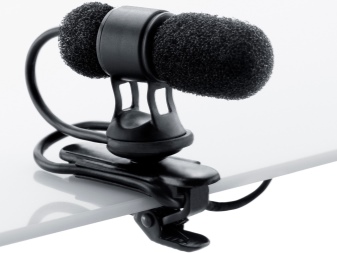
BOYA BY-MM1 cardioid microphone is shown below.













The comment was sent successfully.